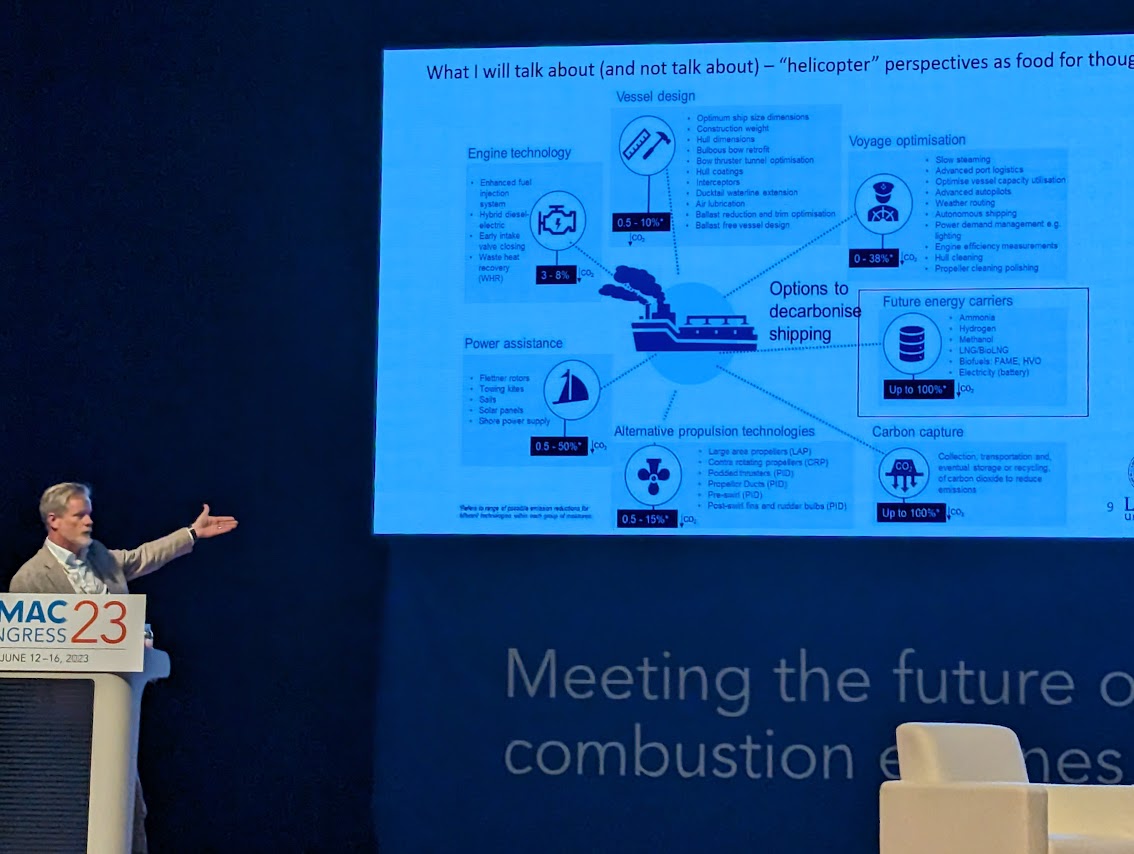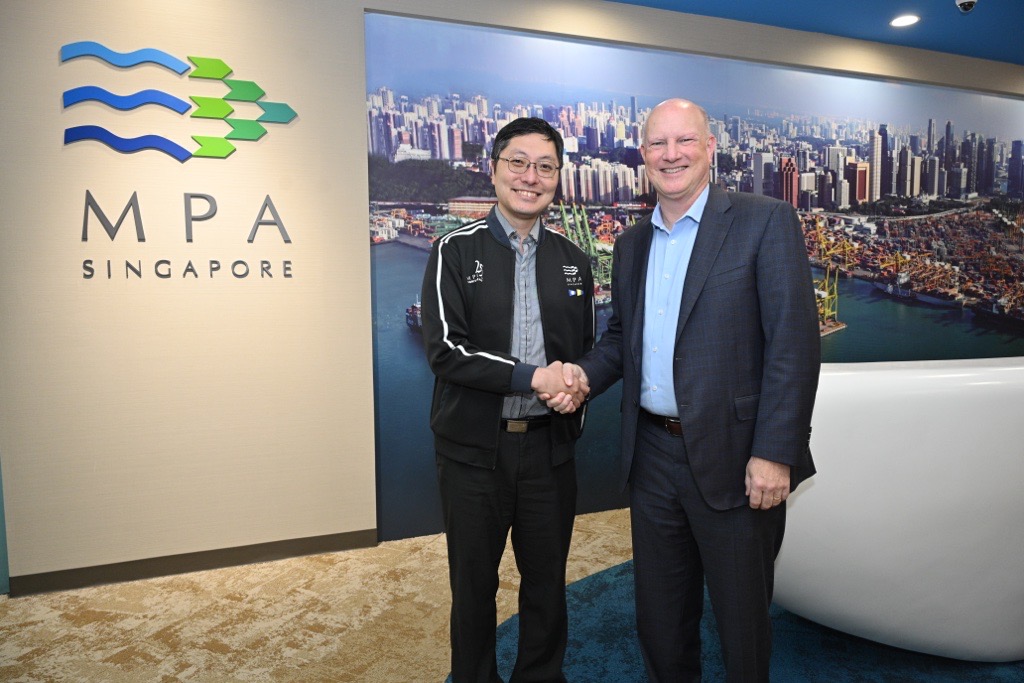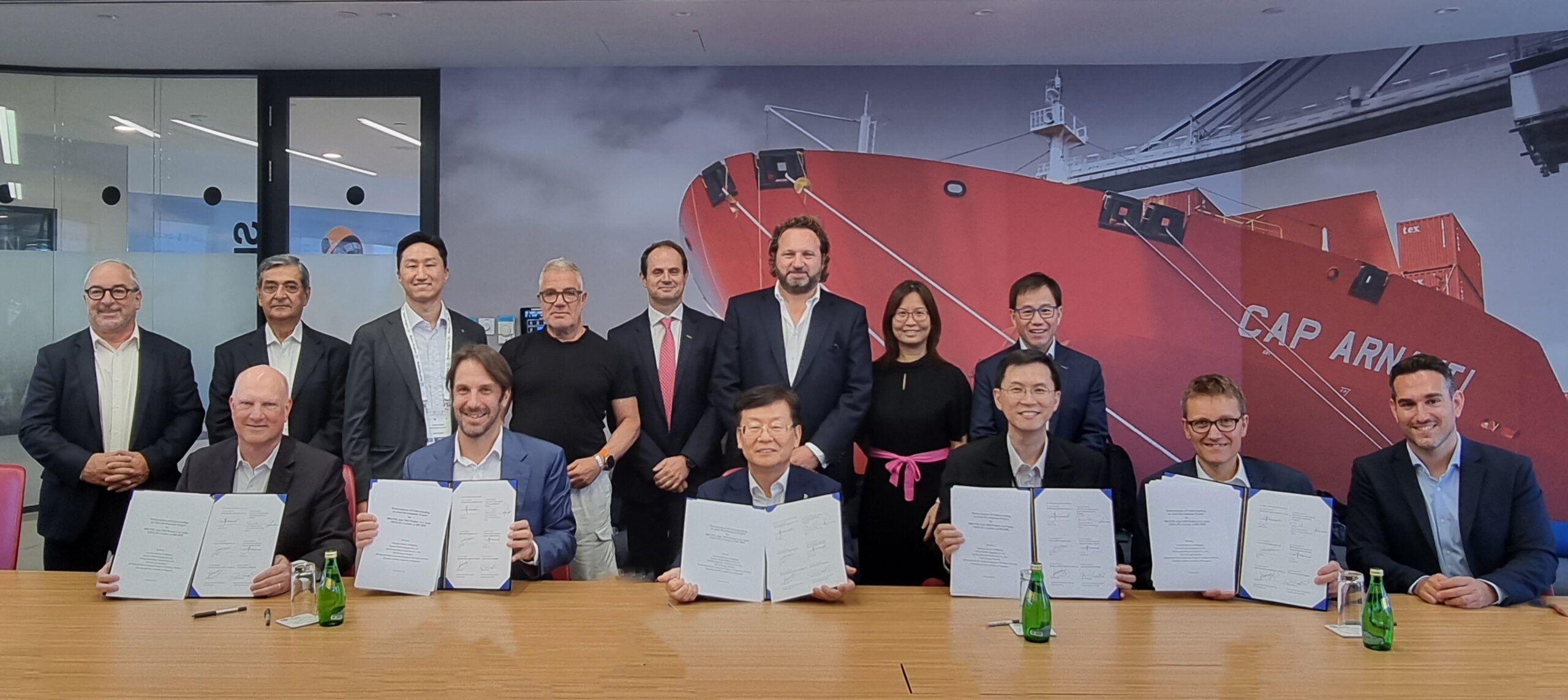While the development and uptake of technology to use e-fuels and biofuels is advancing rapidly, the global commitment to scale up alternative fuels resources has yet to emerge.
It is all too easy to shift the responsibility for decarbonisation away from shipping. Some of the industry’s recent big technology shifts, notably ballast water management and the global sulphur cap, have been accompanied by an apparent unwillingness to adapt until the last minute and a readiness to blame outside factors, from testing standards to fuel availability.
But returning from CIMAC Congress in Busan, where engine technologists and users have spent the week sharing the latest advances in decarbonisation solutions, it is hard to escape the conclusion that, this time, shipping has good reason for concern. While technology is advancing rapidly in both development and industry uptake, the required scale up in renewable electricity production and alternative fuel infrastructure has yet to emerge.
“There is insufficient evidence of commitments to make the required investments,” said Martin Tunér, Professor of Combustion Engines at Lund University, in his Collin Trust keynote speech at CIMAC. While noting that production of green methanol and green and blue ammonia production Is ramping up, with projected global production expected to reach 15% of shipping’s energy demand by 2030, he cited obstacles in the ramp-up of renewable energy projects.
The International Energy Agency recently reported that current investment commitments fall well short of achieving net-zero emissions by 2050. One significant challenge is the permitting process for new projects, with no EU countries yet meeting a mandatory two-year timeframe for granting approvals. Tunér also cited skill shortages and the lack of standards, regulations and a value chain as hindrances to the developing hydrogen economy.
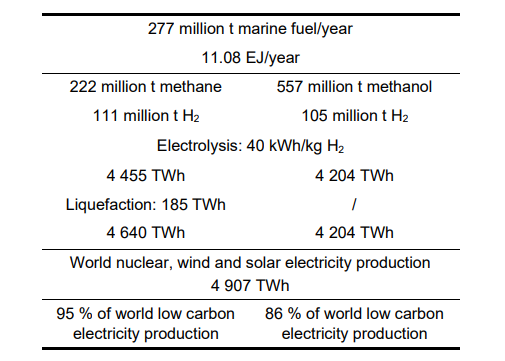
Philippe Renaud, manager of energy research & development, CMA CGM, came to similar conclusions in his investigation of energy supply. Generating the amount of methanol needed to power global shipping in 2019 – 11.08 exajoules – would require 86% of the world’s current production of wind, solar and nuclear energy, or 148% of Europe’s dry wood production if produced from biogenic sources.
In another overview of the hydrogen economy, Florian Gruschwitz of MAN Energy Solutions highlighted two areas where technical maturity remans an obstacle to producing sufficient quantities of green fuels. As previously reported, projected production capacity of electrolysers – needed to separate hydrogen from water – is far below the level needed to reach net zero by 2050. Nor has the capacity of electrolysers yet been scaled from the double-digit megawattage that could power a fleet of trucks to the gigawatt capacity needed for heavy industrial purposes, although early pilots are emerging.
The second technology area is direct air capture (DAC), which Gruschwitz called the ideal way to source biogenic carbon for the production of carbon-based alternative fuels including methanol. He noted “despite the fact that there are many R&D projects ongoing, Direct Air Capture still lacks the maturity for large-scale industrial applications at low costs.”
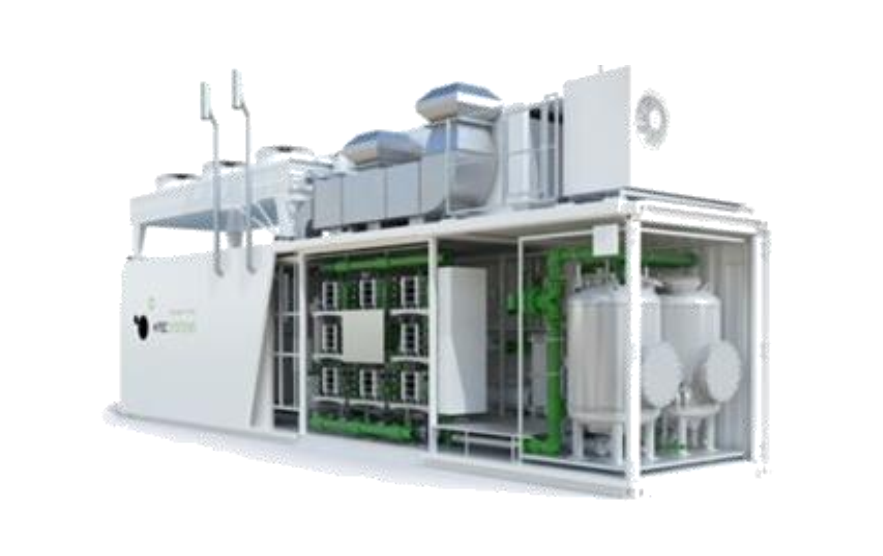
Given those potential limitations on availability, experts at CIMAC proposed several solutions. MAN Energy Solutions’ Kjeld Aabo suggested that the industry should find a way to focus efforts on the 20% of the fleet that is responsible for 80% of its emissions. These would make sense as priority candidates for alternative fuel supply, particularly as electrification could be used to eliminate emissions on smaller coastal vessels as well. CMA CGM’s Renaud argued that shipping needs to cement a role as a key piece of the fuel ecosystem, both in underwriting fuel investments and hinting at the potential for a circular economy, with shipping moving both goods and their waste products.
Tunér concluded with his own recommendations: “Go and convince your politician that there is need for fast-track deployment processes and long term sustainability, financing and costing schemes. And invest your money in sustainable energy. Many options are relevant and are good investments for the future. And then you have done a lot to secure the future.”
Related stories


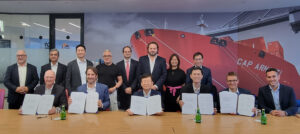
ABS joins landmark project for dual-fuel Ammonia carrier
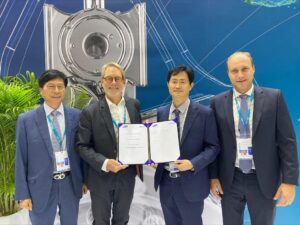
WinGD and Samsung Heavy Industries to cooperate on future fuel applications
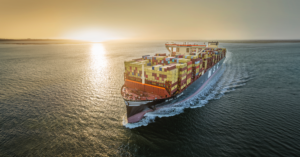
MSC joins SEA-LNG as latest coalition member
























